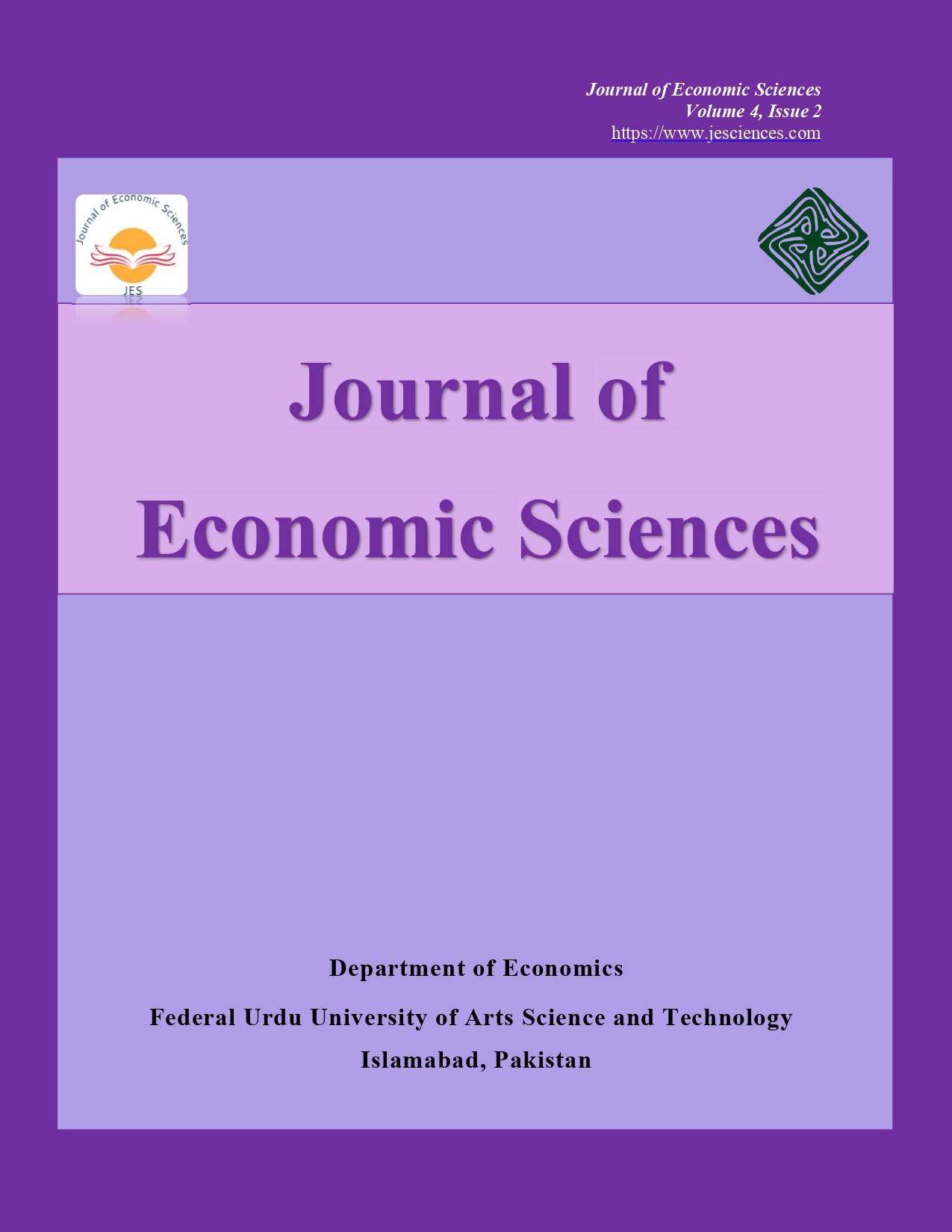Synergizing Financial Innovation and Green Technology for Carbon Emission Reduction in Financially Developed Economies
Main Article Content
Abstract
Technological advancements have long been recognized as drivers of economic prosperity over the long term. However, the impacts of certain technologies, particularly financial and environmental innovations, on the environment remain unclear. This study aims to explore the influence of non-linear financial innovation and green innovation on emission levels. To achieve the objective, the study utilized data from 1990-2022 of top 20 financially developed economies and employed the novel Method of Moments Quantile Regression. The findings reveal the existence of the Financial Innovation-Environmental Kuznets Curve hypothesis. The green innovation arises as a positive factor in declining emissions. The implications are quite convincing on the argument that highly financially developed economies should take certain additional steps to reap the full benefit from financial innovation. The initiation of weather derivatives will help to manage risks related to weather conditions, causing higher emissions. The launching of environment-friendly financial innovation, particularly for economies under the 70th quantile, will provide them with multiple benefits. Further, establishing green banks and green investment funds can play a prominent role in environmental sustainability.
Article Details

This work is licensed under a Creative Commons Attribution 4.0 International License.
